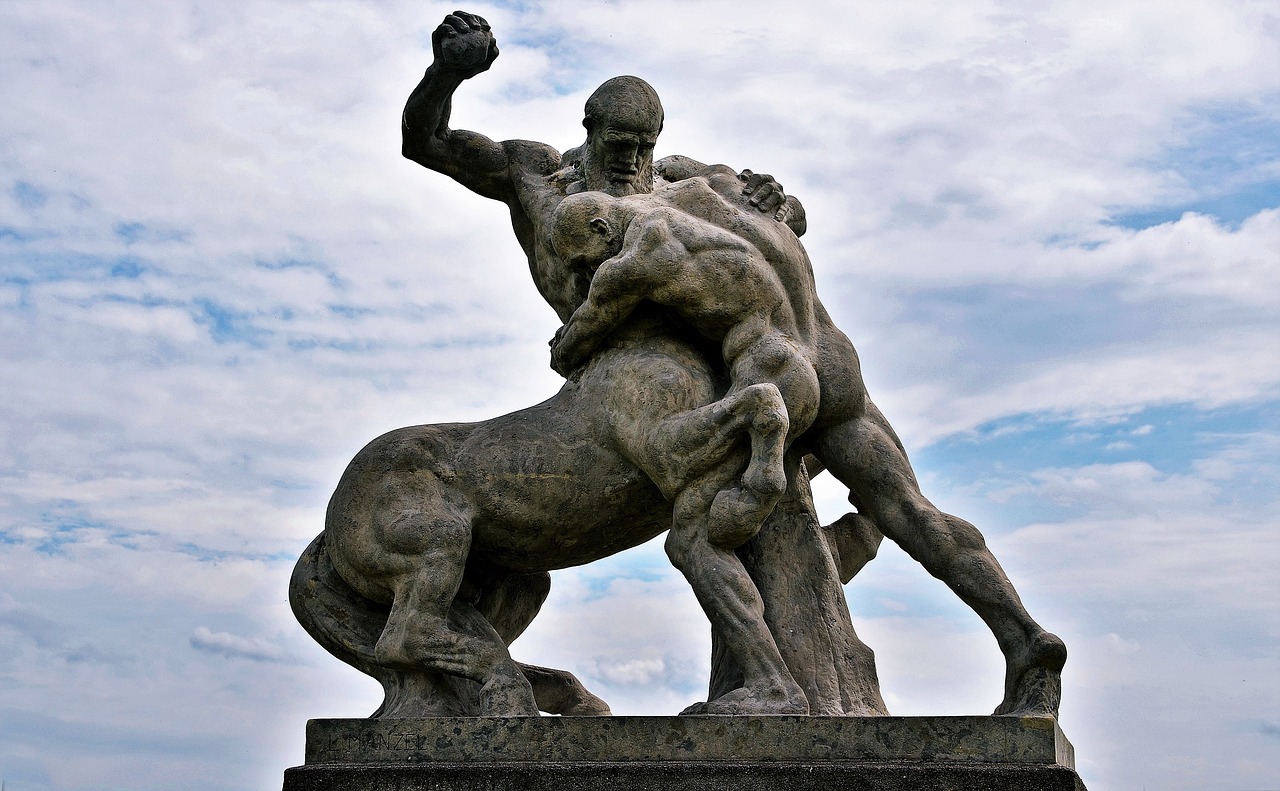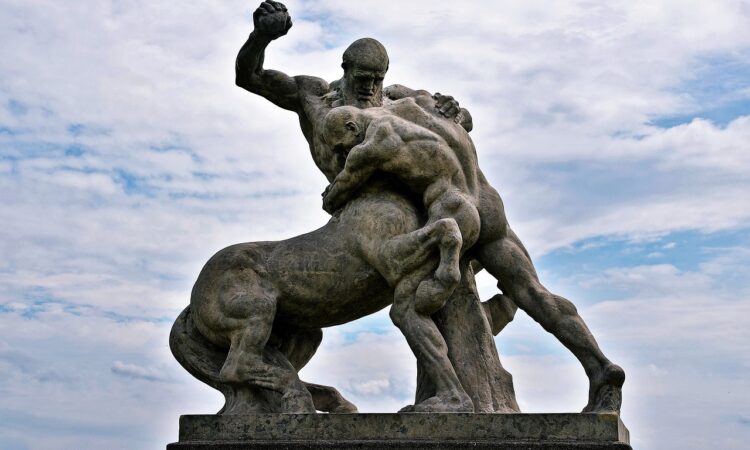Ah, sparring—it’s the heart-pounding, sweat-dripping, adrenaline-pumping cornerstone of martial arts training. Think of it as a real-world simulation of what you’ve been practicing in your drills, but with a bit more flair and unpredictability. Sparring isn’t just about landing punches and kicks; it’s a crucial tool that helps you apply what you’ve learned in a dynamic environment, honing your skills, reflexes, and timing.
Dive into the fascinating world of sparring and uncover its many layers. Grab your FREE BIOMECHANICAL CHEAT SHEET to enhance your training!
A Walk Through Sparring History
Early Forms of Sparring in Ancient Combat Training
Having ancient roots, this activity stretches back to the dawn of organized combat. Early references to sparring-like practices can be found in ancient civilizations, where wrestling and boxing were not just sports but essential combat training. Greek soldiers, for instance, used sparring to prepare for battle, developing techniques that would later influence Olympic boxing.
Greece
In ancient Greece, physical competition was deeply ingrained in their culture. The Greeks were not just athletes but warriors who needed to stay battle-ready. Sparring was a fundamental part of their training regimen. They practiced pankration, a no-holds-barred mix of boxing and wrestling, which allowed them to test their combat skills in a controlled environment.
Want to improve your technique? Download the FREE BIOMECHANICAL CHEAT SHEET now!
Egypt
Moving to the other side of the ancient world, Egyptian murals dating back to 2000 BC depict scenes of wrestling matches. These were more than just entertainment; they were practical training sessions. The Pharaoh’s soldiers used these bouts to prepare for combat, working on strength, strategy, and endurance.
Rome
Fast forward to ancient Rome, where gladiators became the poster children for sparring. These combatants engaged in rigorous training routines that involved sparring with wooden swords and shields. It wasn’t just about brute strength; it was about honing their techniques, building resilience, and learning how to read an opponent’s moves.
Get your hands on the FREE BIOMECHANICAL CHEAT SHEET to master your skills!
Asia
In Asia, martial arts disciplines like Kung Fu and Karate emerged with their unique sparring practices. Chinese warriors would engage in “push-hands” drills to develop sensitivity and responsiveness, crucial skills for hand-to-hand combat. Similarly, Japanese samurais practiced Kendo, where they sparred with bamboo swords (called “Shinai”) to refine their swordsmanship and mental focus.

Evolution of Sparring Practices
As martial arts evolved across different cultures, the practice of sparring followed suit, transforming into an essential component of training and competition. Imagine martial arts as a grand buffet of styles and techniques, each with its own flavor, from the disciplined routines of Chinese Kung Fu to the precise strikes of Japanese Karate.
Unlock your potential with the FREE BIOMECHANICAL CHEAT SHEET!
Chinese Kung Fu
Chinese Kung Fu is known for its fluid movements and disciplined routines. Sparring in Kung Fu, often referred to as “San Shou” or “Sanda,” emphasizes a wide range of techniques, including punches, kicks, throws, and joint locks. Practitioners engage in controlled sparring sessions to develop their skills in real-time scenarios, blending striking and grappling into a seamless flow.
Japanese Karate
Karate took sparring to a whole new level with its emphasis on precision and control. In Karate, “Kumite” is an integral part of training. It comes in various forms, from basic one-step (Ippon Kumite) to free-form (Jiyu Kumite). The objective is to apply the techniques learned in Kata (forms) against a live opponent, focusing on timing, distance, and accuracy.
Stay ahead of the game with the FREE BIOMECHANICAL CHEAT SHEET!
Muay Thai
In Thailand, Muay Thai, also known as the “Art of Eight Limbs,” incorporates practice combat as a vital part of its training. Fighters use their fists, elbows, knees, and shins in sparring sessions to simulate the intensity of actual combat. Muay Thai sparring can be intense, but it’s structured to ensure safety while allowing fighters to experience the full spectrum of striking techniques.
Brazilian Jiu-Jitsu
Brazilian Jiu-Jitsu (BJJ) focuses on sparring to master grappling techniques. In BJJ, “rolling” is essential for mastering submissions, escapes, and positional control. It’s less about striking and more about leverage and technique, with a heavy focus on strategy and problem-solving.
Enhance your grappling with the FREE BIOMECHANICAL CHEAT SHEET!
Olympic Influence
The inclusion of martial arts in the Olympic Games played a significant role in the evolution of sparring as a sport. With the introduction of Judo in 1964, Taekwondo in 2000, and Karate in 2021, martial arts gained global recognition. These sports brought formalized rules and a competitive spirit to sparring, emphasizing fairness, safety, and sportsmanship.
Sparring has evolved alongside martial arts, adapting to the unique characteristics of each style and culture. From the flowing movements of Kung Fu to the precision strikes of Karate, sparring has become a universal language in the martial arts world. It’s the ultimate proving ground where theory meets practice.
Don’t miss out on our FREE BIOMECHANICAL CHEAT SHEET to refine your sparring techniques!

Disclaimer: This content provides general safety advice. Always prioritize your well-being and consult professionals for specific concerns.
Affiliate Statement: We may earn a commission from purchases made through some links in this post. This helps support our work!
